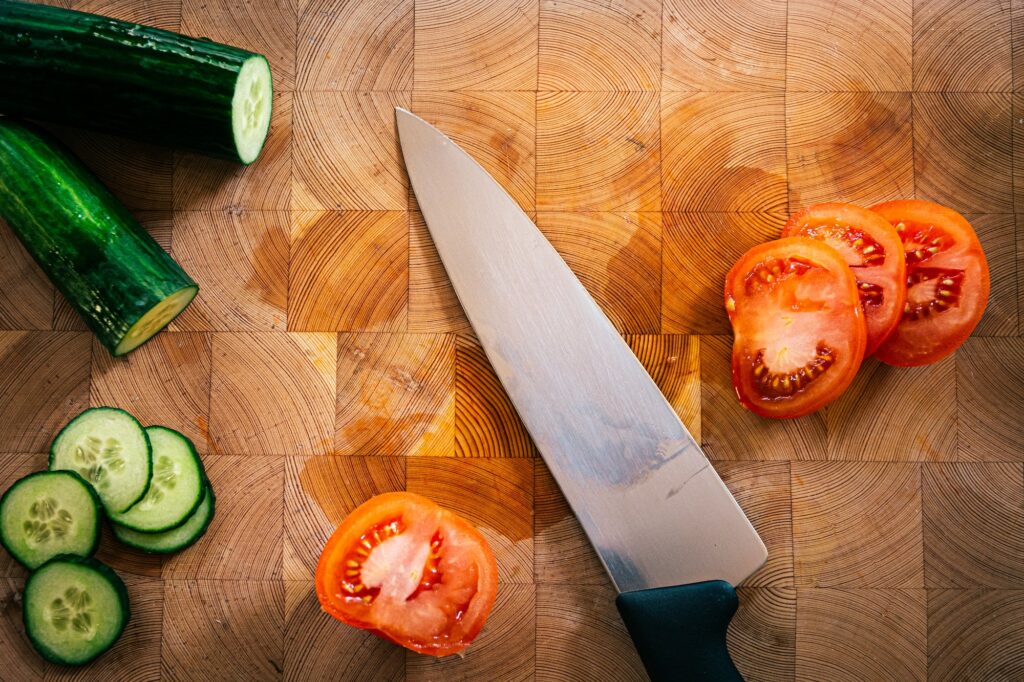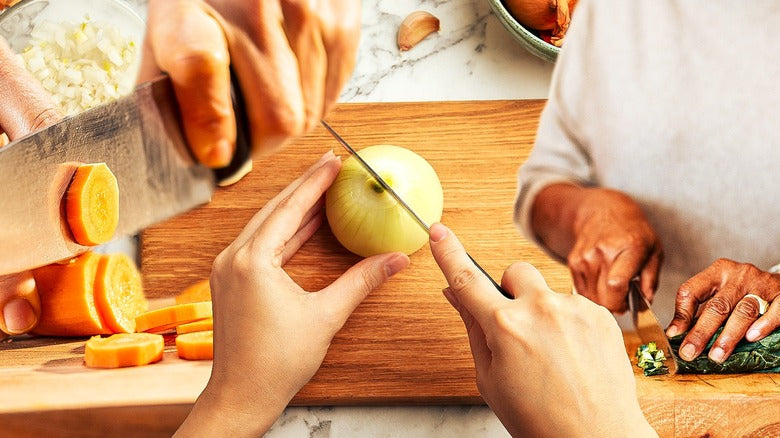If you're a kitchen professional, you likely use your cutting board every day, whether prepping vegetables, carving meats, or slicing bread. However, determining when to replace cutting board is crucial for maintaining hygiene, food safety, and efficiency in your workspace. In this guide, we'll delve into how to recognize the signs of a worn-out cutting board, the risks of using a damaged one, and tips to extend its life. By the end, you'll know exactly what to look for to keep your kitchen safe and spotless.

Why Knowing When to Replace Cutting Board Matters
Cutting boards are essential tools in any kitchen, but they can harbor bacteria, cross-contaminate foods, and affect the quality of your knife skills if not maintained properly. For cutting board safety, its recommended that professionals frequently inspect their boards for wear and tear.
Key Signs Its Time to Replace Your Cutting Board
- Deep Grooves and Cuts: Over time, cutting boards develop grooves from knife marks. These grooves can trap food particles and bacteria, making them nearly impossible to clean.
- Stains and Discoloration: Persistent stains, especially from acidic foods like tomatoes or beets, can indicate absorption and bacteria growth.
- Unpleasant Odors: A cutting board that retains unpleasant smells, even after a thorough washing, is likely harboring bacteria.
- Warping or Cracks: Warped or cracked boards compromise their functionality and increase the risk of contamination.
Extending the Life of Your Cutting Board
Proper maintenance can help delay the need for replacing your cutting board. Here are some tips:
- Wash your cutting board immediately after use with hot, soapy water.
- Sanitize regularly with a solution of 1 tablespoon bleach to 1 gallon of water. For an alternative guide, learn more here.
- Use food-grade oil on wooden cutting boards to prevent them from drying out.
- Designate separate boards for raw meats, vegetables, and cooked foods to avoid cross-contamination. For more information on preparation, check out the right way to use a cutting board.
:max_bytes(150000):strip_icc()/prevent-cutting-board-slipping-1123-c9837c7f958745b792c2b115c7d7bccd.jpg)
Plastic vs. Wooden Boards: Replacement Timelines
Plastic boards tend to wear out faster than wooden boards due to softer material. Wooden boards, when properly maintained, can last for years. Learn about the benefits of each type here.
FAQs
Q1: How often should I inspect my cutting board for damage?
Regular inspections should be done weekly in professional kitchens to identify grooves, cracks, or odors.
Q2: Can I resurface my wooden cutting board?
Yes, a wooden board can sometimes be sanded to extend its lifespan, but boards with deep cracks or major warping should be replaced.
Q3: Are plastic cutting boards dishwasher-safe?
Yes, but they should still be inspected regularly as dishwashing cannot eliminate bacteria hidden in deep grooves.
For more insights, read about cleaning wooden cutting boards or proper seasoning techniques with this guide.
This article contains affiliate links. We may earn a commission at no extra cost to you.





Leave a comment
This site is protected by hCaptcha and the hCaptcha Privacy Policy and Terms of Service apply.